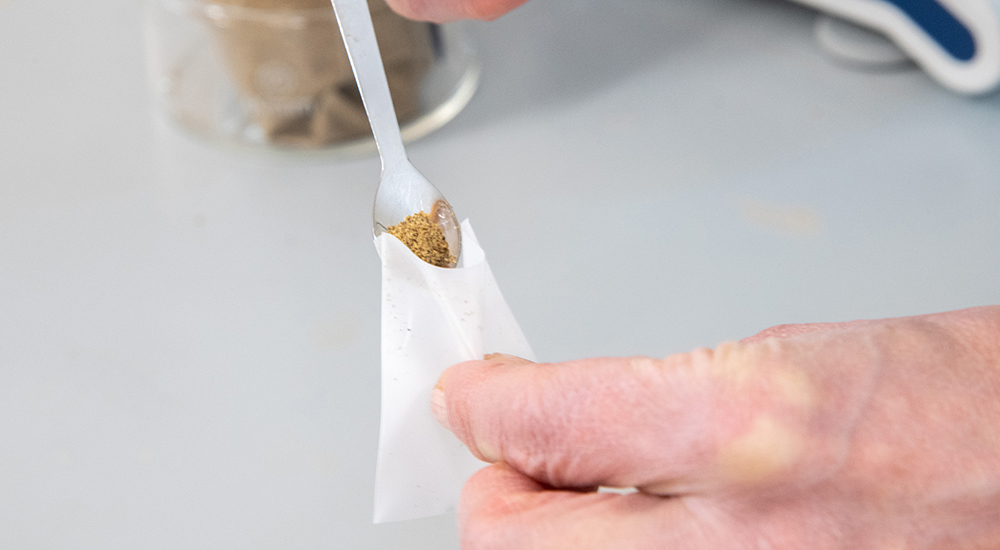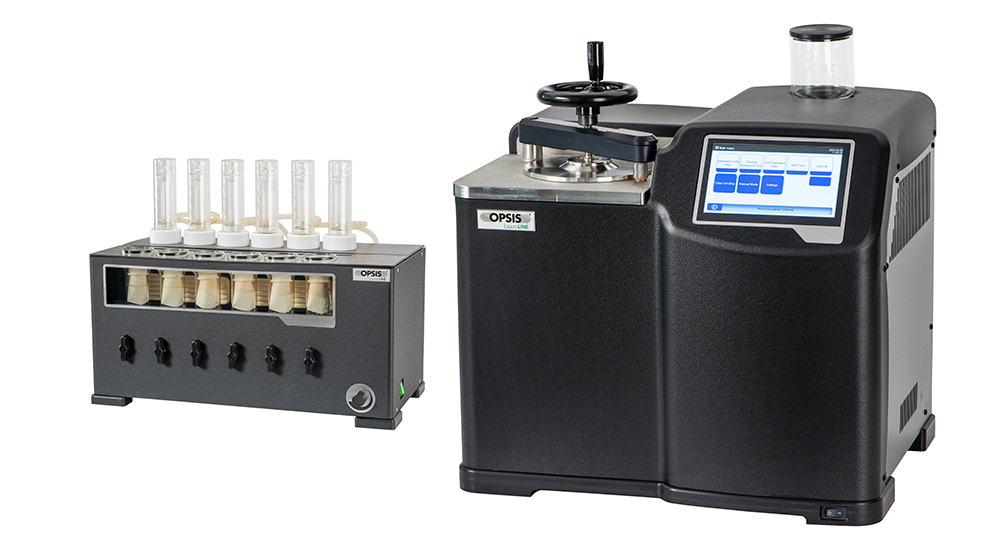Fiber Determination - Weende/Van Soest
Crude fiber (cellulose) analysis, according to Weende, is the most common reference method used to measure the total amount of fiber in a sample of food or feed. The term "crude fiber" refers to the plant material that remains after the food or feed has been subjected to an acid and alkali treatment. Crude fiber analysis is a fast and efficient method to get the total fiber content.
Detergent Fiber analysis, according to Van Soest, provides a better estimate of the total fiber content in a feed sample than crude fiber, which only measures cellulose, lignin, and some hemicellulose. This information is important when formulating diets for livestock and when analyzing the nutritional value of food and feed.
Important when analyzing fiber is the safety when dealing with acid and base solutions. It is also important to provide a fast, efficient, and reliable results. The FiberROC Auto and FiberROC Advanced are automatic and cost-efficient instruments for your fiber determinations:
- High throughput with up to 27 samples in one batch
- Low consumption of solution per sample
- Possibility to run half-batch, using less solution, with the FiberROC Advanced
- Unified solution with LabConnect Software for registration and traceability
- OPSIS LiquidLINE BlackLINE coating for chemical resistance

The FiberROC Units
The OPSIS LiquidLINE FiberROC Auto and FiberROC Advanced can automatically run the steps according to the Weende or Van Soest methods. They provide a closed environment with automatic addition of solutions and boiling under pressure for optimal results.
The FiberROC Manual is an additional kit provided together with the HydROC hydrolysis unit. The FiberROC Manual can facilitate Crude Fiber determinations according to the Weende method. With the FiberROC Manual you can boil Acid and Base as well as rinse under safe conditions.

